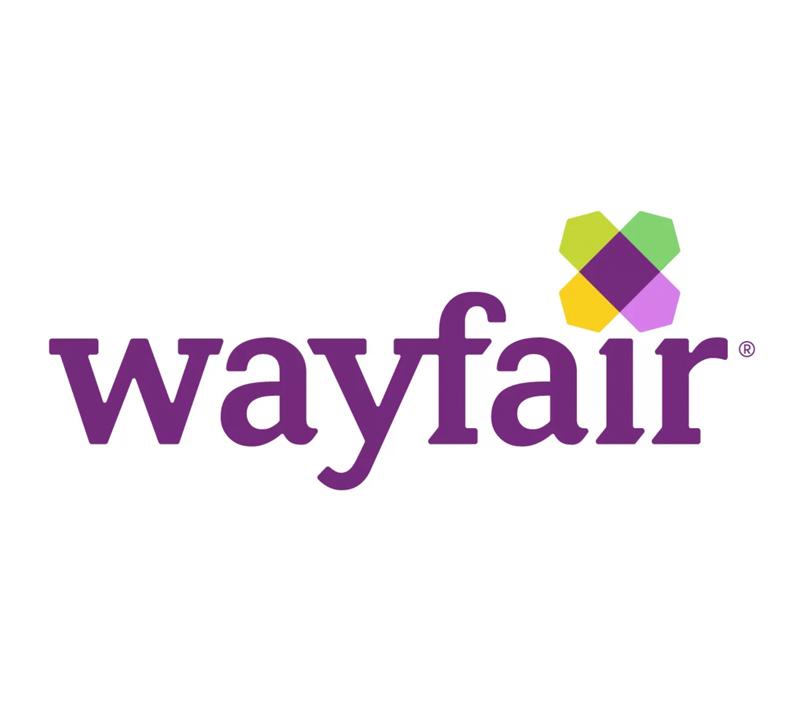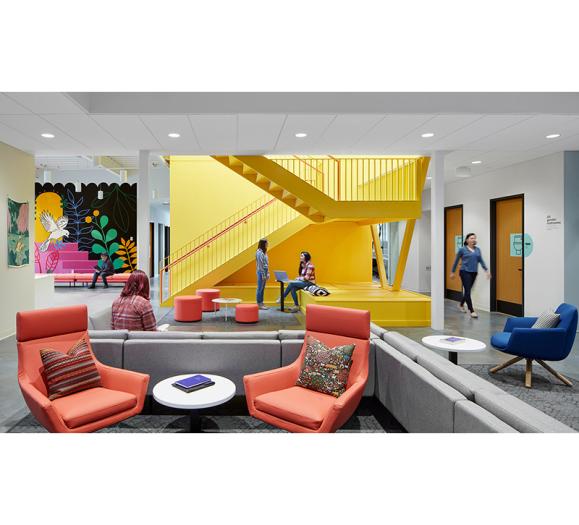Who said retail is dead? While retail is certainly going through some changes, retailers of all types still see some benefit in the brick-and-mortar experience. Just look at Amazon. After putting big booksellers like Borders out of business, Amazon opened bookstores in cities across the country, and who knows? With its home decor sales growing rapidly, Amazon may consider opening furniture stores. Other pure-play retailers such as Casper have also started investing more in physical spaces.
Now it's Wayfair's turn. This month, the home decor e-commerce platform announced it would be opening an outlet store in Kentucky. Finally, the company that swore it didn't need brick-and-mortar is investing in a physical space.
There's a lot to unpack here. Here's what you need to know about Wayfair's physical move.
What to know about Wayfair's new store
The 20,000 square-foot space is set to open in Florence, KY — a suburb of Cincinnati and close to Wayfair's distribution site in Erlanger, KY — and the company says it plans to open the store early next year.
Wayfair plans to use this space as an outlet for returned products as well as close-outs in good condition. For the local (or reasonably local) buyer looking for a deal, this has the potential to solve one of Wayfair's biggest problems: what to do with all those returns.
From its latest quarterly results, Wayfair seems to be growing, but as the investment-focused Motley Fool reports, its stock has been on somewhat of a roller coaster over the last year, noting that at various points in 2018 the stock has been up by 50 percent and down by 25 percent. While Wayfair has had mixed results with its profitability, it's clear that the e-commerce retailer is still expanding and growing.
Just look at its numbers. Sales grew by 49 percent of the same previous quarter, and the company seems to be retaining its customers. Repeat customers placed 4.3 million orders, which equates to 66 percent of the company's overall sales (up from 61 percent the previous year). Additionally, the number of active customers on the site grew to 34 percent of 12.8 million.
All that being said, Wayfair does have some significant hurdles. Its average order value decreased from $258 to $254. Domestically, the company showed slight positive margins, but its international market has posted significant losses. Though the company's adjusted earnings margin fell, Wayfair attributed the fall not to a decrease in sales, but to its investments in employees and technology.
And Wayfair's definitely been developing its technology. Last week, the company rolled out its new "mixed reality commerce experience" with Magic Leap One, Creator Edition — the high-tech glasses that allow users to see objects in augmented reality. When wearing the glasses, shoppers will be able to take images off their browsers and put them right into their rooms, letting them rotate pieces and design the entire space if they choose to do so.
The new glasses have only just gone on sale, and they retail for $2,295 — not exactly an easy purchase to make. But as 3D glasses become more mainstream, Wayfair will be in a prime position, having augmented reality capabilities already available. What's more is that as an early adopter of this technology with time to work out the bugs, Wayfair's platform is likely to function a little more smoothly than other newcomers.
What you should do now
At the moment, Wayfair does not have any plans to open additional retail spaces, though if this outlet is successful, that may change. And with so many returns that Wayfair needed to open a store at all, it should be encouraging for furniture and lighting showrooms that customers still seem to value that first touch before purchasing.
As we've reported, the next generations actually prefer the brick-and-mortar experience. Walker Sands' Future of Retail 2017 study found that 43 percent of Millennials (ages 26-35) and 58 percent of Generation Zers (age 18-25) prefer shopping in a physical store. They may have their phones out as they're shopping, but as David Nestor from Denver-based Urban Lights told us, approaching them quickly and looking up prices on the store computer can curb showrooming and build trust.
Showrooms of all sizes face increasing competition from online competitors, and it's often difficult to get customers to see past the online versus in-store prices. But in reality, your store may be able to save the customer from costly mistakes made by ordering the wrong size or finish and headaches from trying to return a defective product. When you factor in that, your showroom actually has the best deal around.
So start talking. Whether on your blog or through social media, talk to your customers — potential and current —about how expensive one wrong order can be when it's done online. Use personal experiences or customer experiences, if you have them, to highlight the potential hassles and show that by buying through your showroom, customers save time and energy by allowing you to handle any issue that comes along.
Will every customer be swayed? Probably not, but those who have had issues when ordering online may be convinced that going through your showroom is the right decision.
What are your thoughts on Wayfair's physical move? Share with us in the comments!







